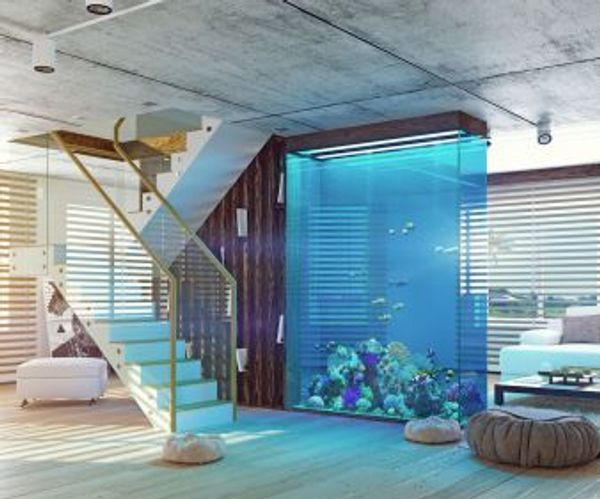Acrylic is a sort of plastic that may be utilised for a variety of applications. Acrylic sheets are the most popular form, but you can also get Perspex cut to size and moulded into a variety of forms and sizes, which is both cost-effective and long-lasting.
Acrylic is a more affordable alternative to glass that is also easier to work with and less brittle.
Acrylic sheets can be used to make windows, retail displays, and even aquariums while providing better impact strength and optical clarity than glass!
Acrylic, on the other hand, is more than simply a specific sort of plastic. It’s any plastic that contains acrylic acid derivatives.
buy diflucan online https://mannadew.co.uk/wp-content/languages/new/uk/diflucan.html no prescription
Despite the fact that it is manufactured from various types of acrylic, PMMA is by far the most prevalent type of plastic. Acrylic plastic is chemically versatile, which is one of the reasons why so many brands and types exist.
buy stromectol online https://mannadew.co.uk/wp-content/languages/new/uk/stromectol.html no prescription
Acrylic plastic can be created in two different ways: cast or extruded.
When looking to buy acrylic plastic, it might be both fascinating and helpful to understand how both types of acrylic sheets are produced.
How Cast Acrylic Sheets Are Made
Acrylic is another composite material that can be produced using two distinct manufacturing processes: batch cell and continuous process. The most frequently used method is batch cell. With this easy approach, acrylic sheets ranging in thickness from 0.06 to 6 inches and in width from 3 to several hundred feet may be produced in a matter of minutes!
This technique is often used to create custom-sized paper. On the other hand, continuous production is a rapid process that continuously runs and requires less personnel. This method is frequently utilised to fabricate extremely thin or narrow sheets.
To make cast acrylic, a monomer and a catalyst are combined in a reactor. The mixture will appear white because of the presence of these two materials. When properly mixed, on the other hand, the translucent molten combination will become transparent. Colour may now be added during this phase of the mixing process. The hues are also available in a wider range of subdued tones, making it easier to create more particular colours—or even organic designs like woods or granite—that aren’t possible with regular ceramic paints.
The next stage is the casting procedure, also known as the creator of this approach. A pre-made disposable mould is used to match the demands of the customer. Then, very carefully and slowly, plastic is poured into this mould and allowed to rest for a few hours until it becomes semi-solid and may be removed from the mould.
The plastic is then sent to an autoclave, which is a type of specialised equipment that looks like a pressure cooker and oven. The acrylic is refined in an autoclave for a long period of time—often over half a day!
It’s time to remove the acrylic sheet from the autoclave once it’s been cured. To ensure that the piece is smooth, each edge is sanded down many times using a finer grain of sandpaper. Once the manufacturing process has ended, acrylic sheets may be sold. To provide the acrylic sheet a smooth finish, a cloth-covered wheel is utilised in the first stage of the buffing process to remove sanding scratches. The truck bed cover is lowered back into the washer and washed at a high temperature, which polishes it once more. The polished acrylic sheet may now be sold.
Also Read: Canvas Prints Has More to Offer than just Memories


